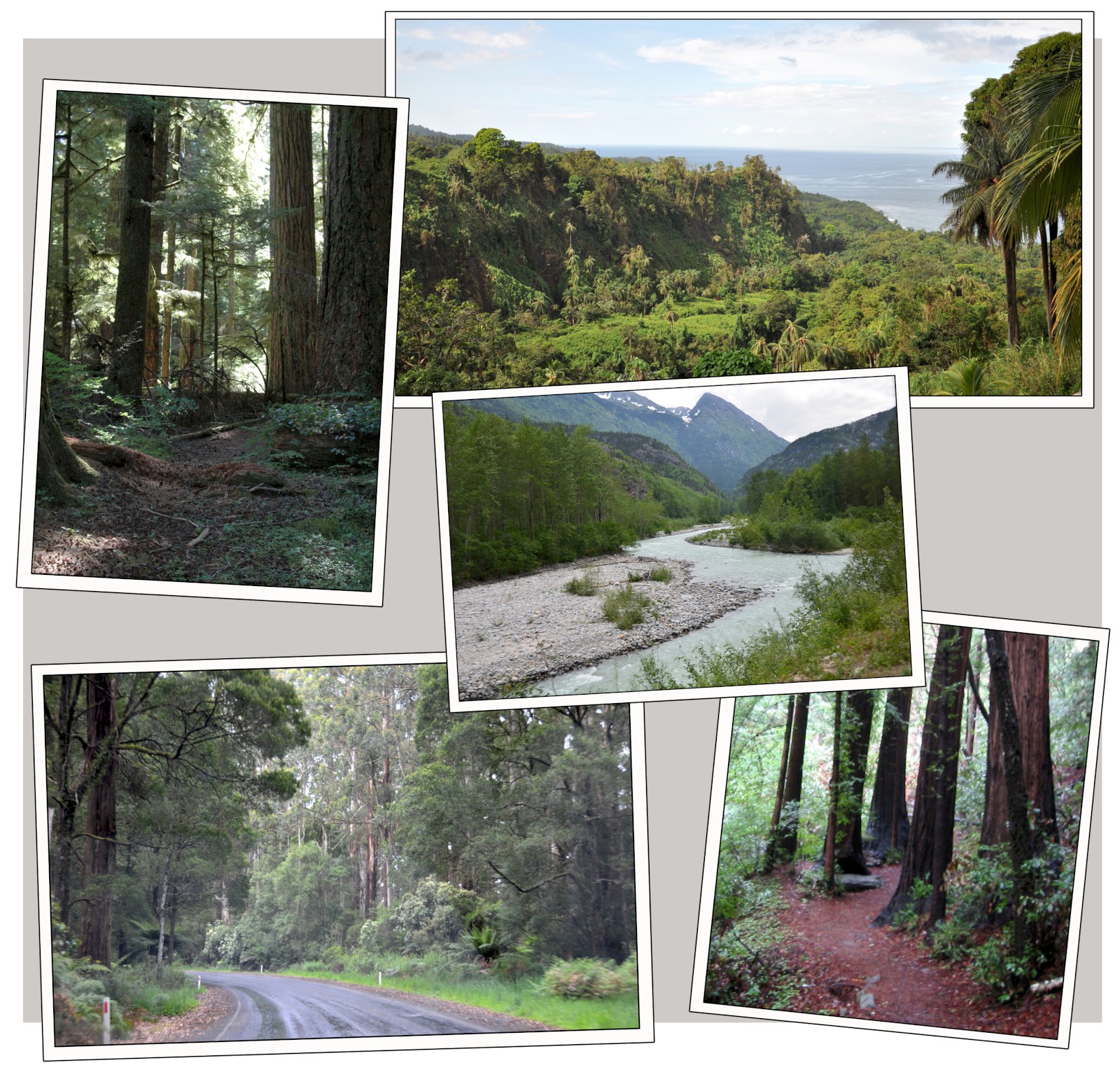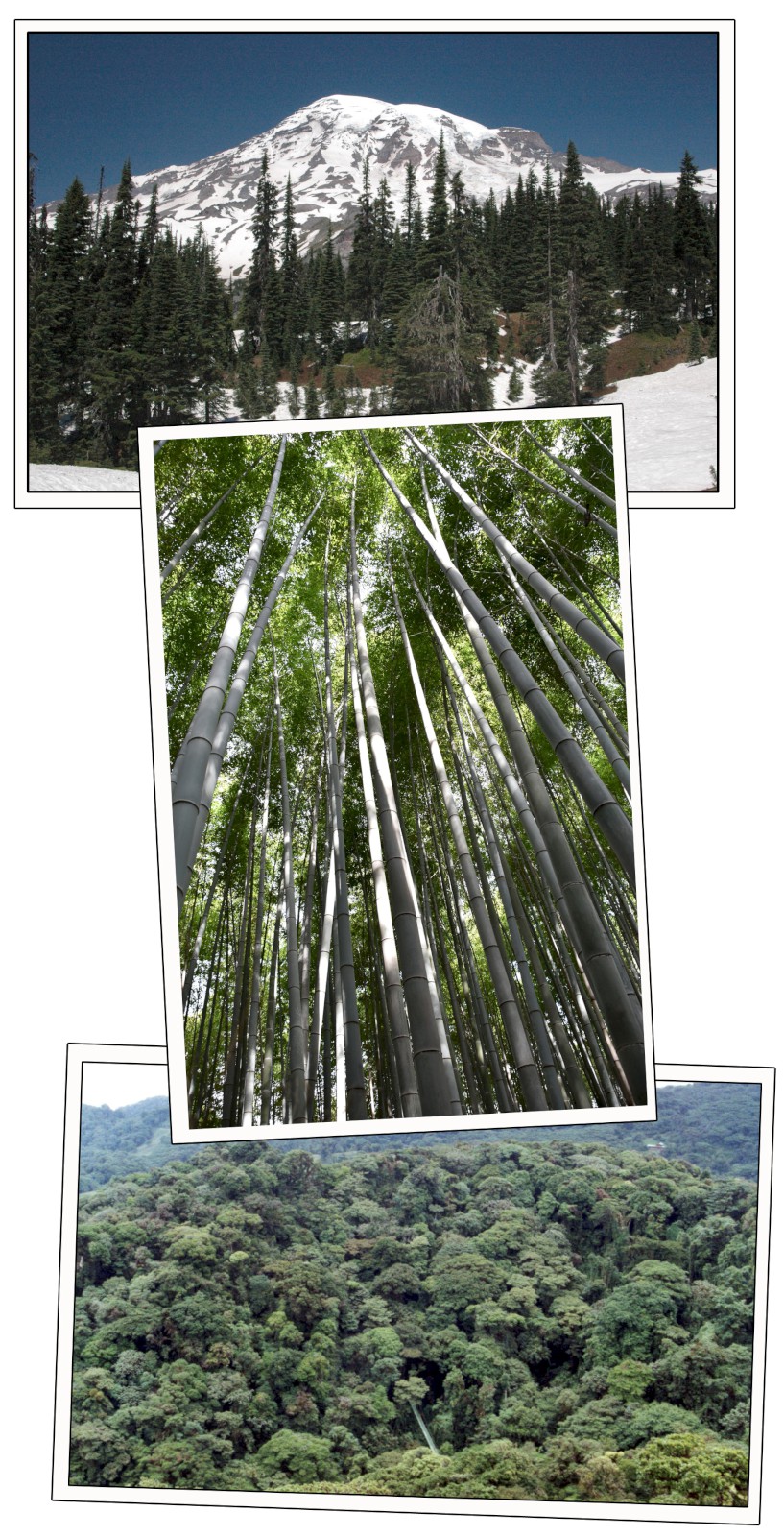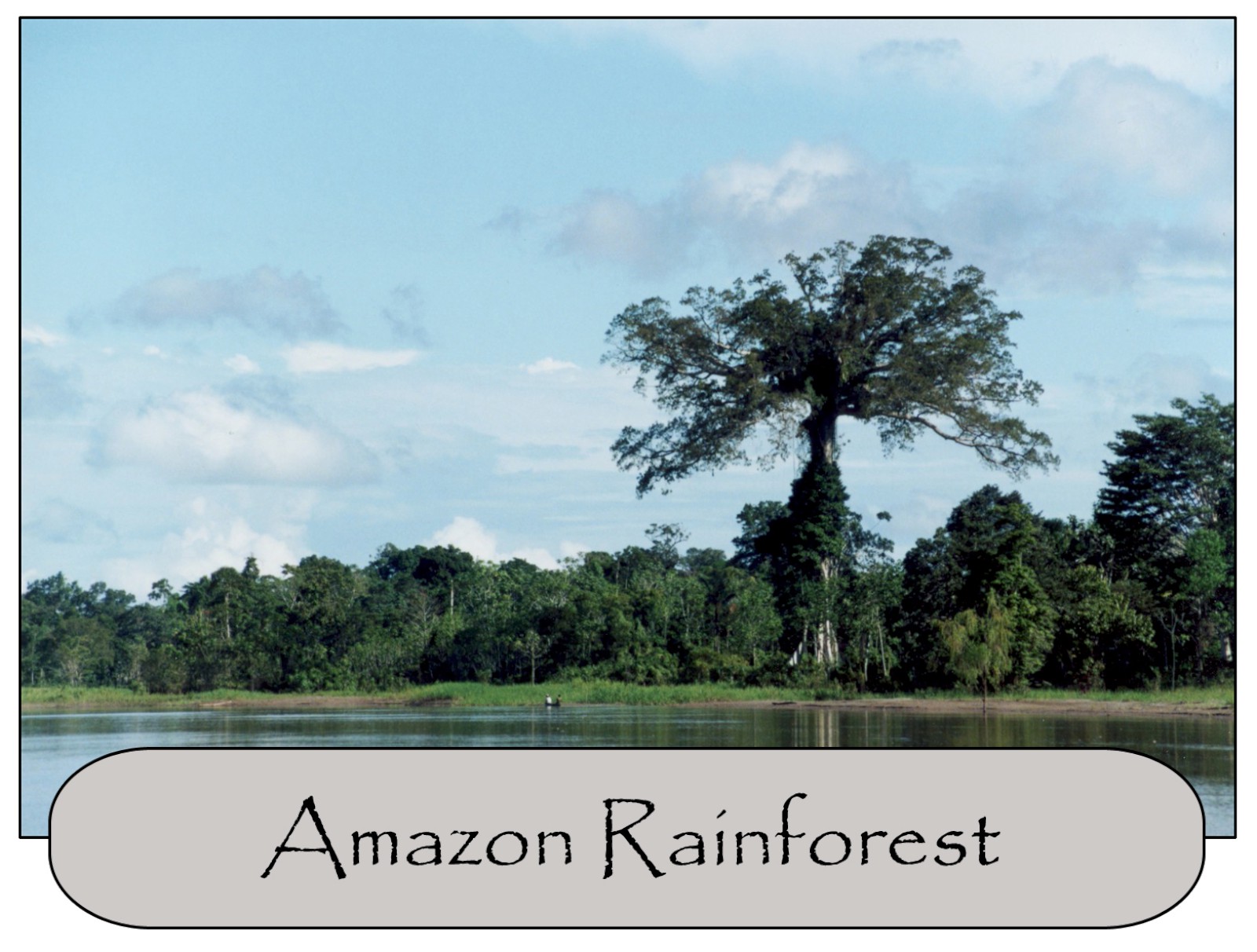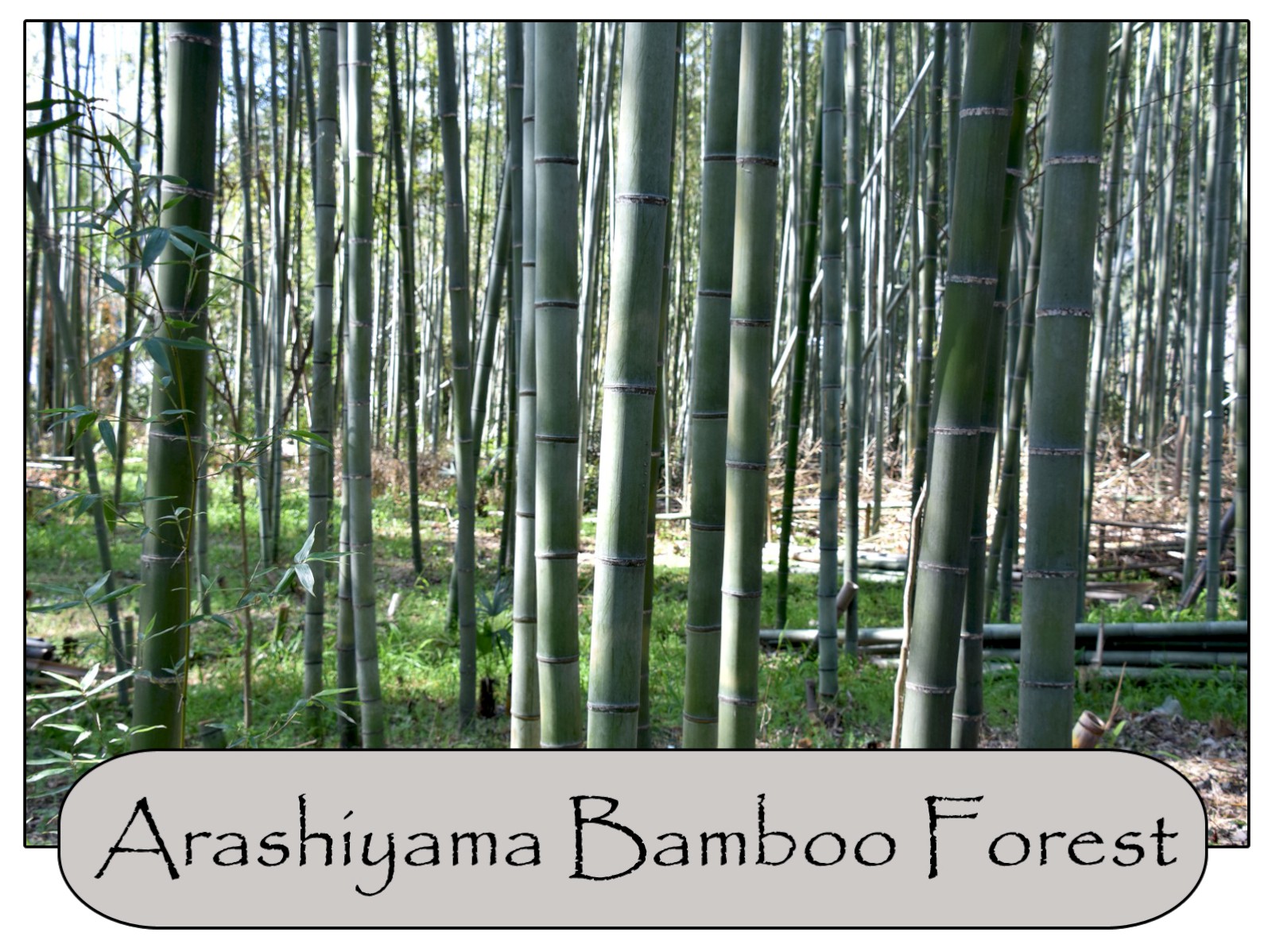
The word “forest” is usually used to describe a dense growth of trees covering a large area of land. Forests cover approximately one-third of the Earth’s surface and there are three general types of forest that exist: tropical, temperate and boreal.
Tropical Forest
Tropical forests are mainly located between the Tropic of Cancer and the Tropic of Capricorn. They are the most biologically diverse terrestrial ecosystem in the world. The Amazon Rainforest is the world’s largest tropical forest and is home to around 40,000 plant species, nearly 1,300 bird species, 3,000 types of fish, 427 species of mammals and 2.5 million different insects.
Tropical forests are found in Central and South America, western and central Africa, western India, South east Asia, New Guinea and Australia.
Temperate Forests
Temperate rainforests are located in the mid-latitudes where temperatures are milder than the tropics and are mostly in coastal, mountainous areas with high rainfall. Temperate forests can be found on the coasts of the Pacific Northwest in North America, Chile, the United Kingdom, Norway, Japan, New Zealand and southern Australia.
Boreal Forests
Boreal forests are one of the world’s largest land environmental zone. They have a significant role in removing carbon dioxide from the atmosphere. The temperature in a boreal forest average below freezing but can range anywhere from -76F in the winter to 104F in the summer. Conifers, spruce, fir and pine trees are the predominant plant species in these forests. Boreal forests can be found across Siberia, Scandinavia and North America (Alaska and Canada).

The photos above are of a Boreal Forests, a Bamboo Forest and a Rainforest
Rainforest
A rainforest is an area of tall mostly evergreen trees with a high amount of rainfall. They are Earth’s oldest living ecosystems and they are home to more than half of the world’s plant and animal species, even though they cover just six percent of the Earth’s surface.
Most rainforest are structured in four layers: emergent, canopy, understory and forest floor. Each layer has unique characteristics based on differing levels of water, sunlight and air circulation.
Emergent layer – The top layer where trees can reach as tall as 60 meters (200 feet).
Canopy layer – A thick layer of vegetation that is roughly six meters (20 feet) thick directly beneath the emergent layer. The canopy’s dense layer of leaves and branches forms a roof over the lower two remaining layers. This roof blocks winds, rainfall and sunlight creating a humid, still and dimly lit environment under the canopy.
Understory layer – plants here are much shorter and have larger leaves than the plants that create the canopy. The larger leaves help to catch the minimal sunlight filtering through the dense canopy.
Forest floor layer – the darkest layer where plants have difficulty growing. Leaves from the upper layers fall to the forest floor and quickly decay. Termites, slugs, scorpions, worms and fungi thrive in this environment.
Jungles
A “jungle” is a forest that has thick vegetation on the ground that makes it difficult or impossible for humans to go into or travel through. The term “jungle” is usually used to describe a tangled or overgrown mass of vegetation over a large area of land and are normally very humid and in the tropics.
Places to See
(Click on the photo below for more information on each topic.)
I will be making more posts on other forest and jungles, so check back later to see these future posts.

